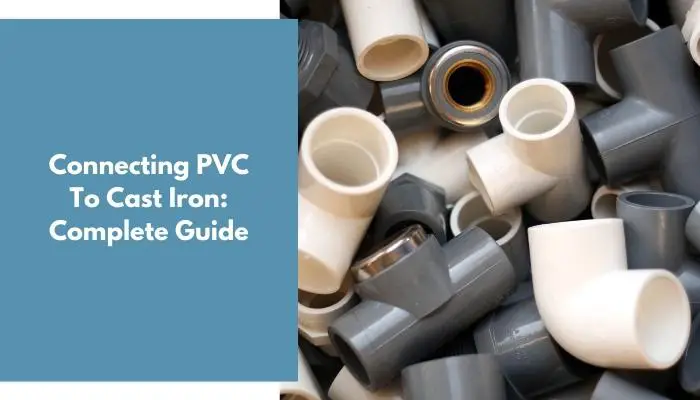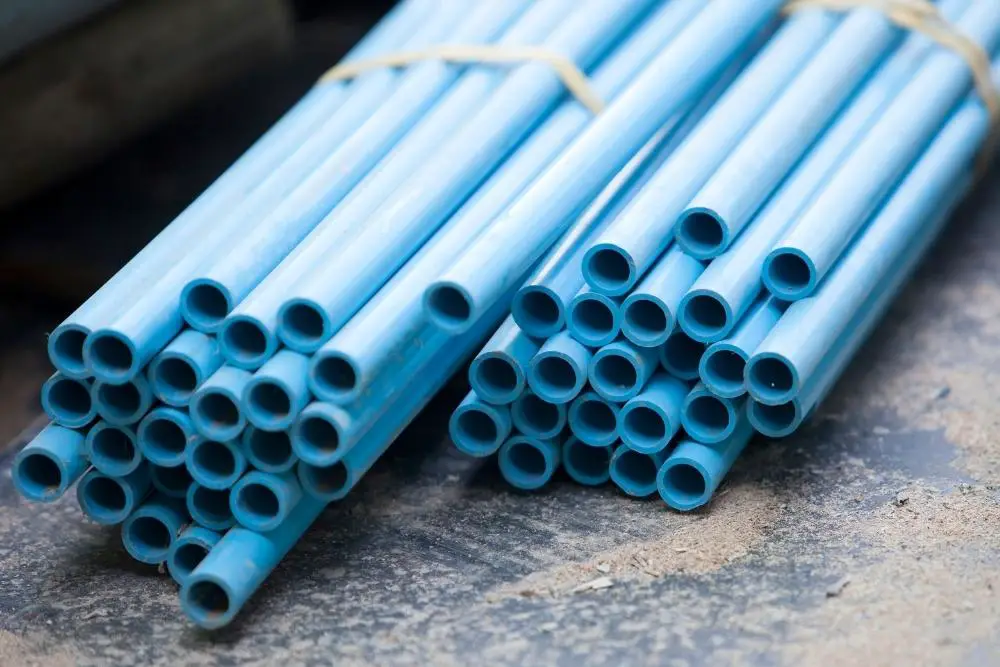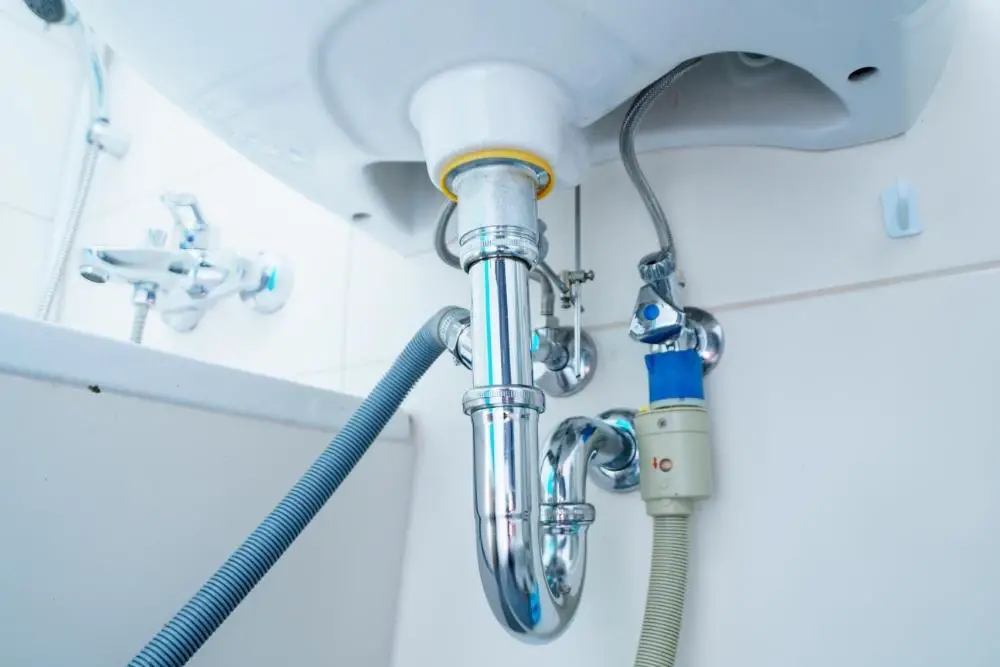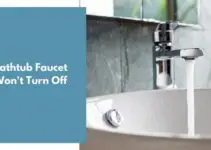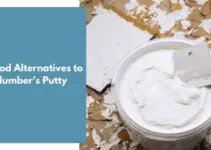Getting PVC pipes and cast iron pipes connected is relatively easy. A few tools are required to do it, and you can find most of them in your garage.
Before you start connecting PVC pipes to cast iron, remove the existing ones. Use a no-hub connection to join the two pipes. Secure the connectors using a screwdriver or a wrench to avoid any leakage.
This guide will teach you the easiest way to connect PVC to cast iron.
Contents
- 1 What’s the Difference Between PVC Pipes vs. Cast Iron Pipes?
- 2 How to Connect PVC to Cast Iron?
- 3 Importance of Connecting PVC to Cast Iron Pipes
- 4 How Can You Avoid Leakage After Connecting PVC to Cast Iron?
- 5 What Are the Benefits of Connecting PVC Pipes and Cast Iron Pipes?
- 6 Frequently Asked Questions
- 7 Conclusion
What’s the Difference Between PVC Pipes vs. Cast Iron Pipes?
Cast iron pipe is famous in various drainage systems, such as waste and vent systems. But, it’s becoming more favored due to its low cost and long life. PVC is also less prone to developing leaks.
A plastic pipe commonly used for water and gas distribution is PVC. Also known as cast iron pipe, you can use this metal pipe for various applications.
Suppose you’re looking for a long-lasting and durable solution; a cast iron pipe is the way to go. However, if you’re still seeking an affordable option, PVC is the better choice.
How to Connect PVC to Cast Iron?
Before you start working, make sure that the space around the pipe is clear. It will allow you to easily access the pipe cutter and remove any obstructions that might prevent you from doing your job. Turning off the water will also help prevent debris from blocking the pipe.
Tools You Need
You’ll need a pipe cutter and a reciprocating saw to cut the old cast iron pipe. You can also use a no-hub connector to attach the lines to PVC.
After you’ve finished the job, the last tool you’ll need is a socket wrench or Phillips screwdriver. These tools will make sure that the nuts are secure and prevent leakage.
Prices pulled from the Amazon Product Advertising API on:
Product prices and availability are accurate as of the date/time indicated and are subject to change. Any price and availability information displayed on [relevant Amazon Site(s), as applicable] at the time of purchase will apply to the purchase of this product.
Remove the Current Pipe
If you plan on switching to PVC due to leakage issues, you will need to cut off the old pipe. You can do this step with a pipe cutter. However, reciprocating saws are faster than pipe cutters.
Link the Cast Iron Pipe to PVC
After you have cut off the existing pipe, you can start attaching the PVC. Use the no-hub connectors to join the two lines. Make sure that the connectors are correctly sealed. If you buy the wrong size, they will cause leakage issues.
If you’re unsure which no-hub connectors to get, you can always ask a professional contractor or hardware store for help. Before installing the cable, take a socket wrench or Phillips screwdriver and tighten the nuts. After you install the tube, take a PVC pipe and put it into the other side of the cable.
After securing the PVC pipe, tighten the nuts and ensure the pipes are properly secured. You can also utilize this process to connect the pipes to cast iron sewage lines.
Importance of Connecting PVC to Cast Iron Pipes
Cast iron is a durable and long-lasting material. However, you can only use it with hot water. It makes it unsuitable for various applications.
Unlike cast iron pipes, which require a lot of heat to become usable, PVC pipes do not require heat before usage. It makes them an ideal choice for connecting various types of lines.
There are various sizes of fittings that you can use to connect multiple types of pipes in your home. The fitting’s height will determine how much pressure it will take to move water through the line and the duration it will take to get it flowing.
When connecting PVC pipes to cast iron, you need an adapter larger than what’s with your PVC pipe. It will allow you to accommodate the flow rate and pressure of the connection.
How Can You Avoid Leakage After Connecting PVC to Cast Iron?
When connecting new pipes, there is always the possibility of leakage. It is especially true if you have no experience with the piping system.
Fasten the Connector
When it comes to securing the no-hub connectors, make sure that you use the right tool. Before you start working, ensure that the screwdriver or the wrench fits appropriately into the socket. Some devices, such as a T-Wrench, have an indicator that tells you if the pressure is correct.
If you insert unstable pressure into the end of the plug, it can cause it to leak. It is why it’s essential to ensure the connection is secure.
Block the Leaks
If you have a small leak in your PVC pipe, you can quickly fix it using rubber and silicone repair tape. This method only works if the issue is minor and prevents further leakage. If the problem worsens, you might have to replace the entire pipe.
What Are the Benefits of Connecting PVC Pipes and Cast Iron Pipes?
Connecting a cast iron soil pipe to a PVC pipe can significantly benefit the environment and your home’s value.
Aside from reducing the likelihood of corrosion, connecting a cast iron pipe to PVC can also prevent water damage and freeze pipes. It’s important to note that it’s straightforward to do so, and you must take several steps to prevent it from happening.
Before connecting a cast iron soil pipe to a PVC pipe, ensure that the material and the tube are compatible.
Doing so will require a certain amount of skill and force to ensure that the connection goes effortlessly. Having the necessary equipment and support is also essential to ensure that you can successfully perform the process.
Frequently Asked Questions
Can You Connect Ductile Iron Pipe to PVC?
Can you use a ductile iron pipe to connect a PVC pipe? The answer depends on the application you’re trying to complete. For instance, if you’re planning on using this material for drainage systems, you might want to connect the two pipes, but they have different diameters.
Compared to PVC, ductile iron pipes are more critical as they have a higher carbon content. This material can endure high pressures and doesn’t bend as easily as PVC. These pipes are famous in industrial settings where they need to be able to withstand high temperatures.
What Is the Life Expectancy of Cast Iron Drain Pipe?
Most commercial and residential buildings use cast iron drainage pipes, typically the most durable type of pipe. However, these pipes have a limited life expectancy and will last 20 to 30 years.
Thomas Crapper first made cast iron drain pipes in 1855. The components of this material include carbon, silicon, oxygen, and pure iron. When heated, the molecules become less dense, eventually returning to their original positions once the temperature has dropped.
Should You Replace Cast Iron Drain Pipes?
Despite the advantages of cast iron drain pipes, they have some disadvantages. Among these are their weight and the fact that it can be hard to replace them.
A whole drain pipe replacement is probably the best option if you have a newer home and a unique plumbing system. You can perform this type of replacement if the existing line is damaged.
Cast iron pipes are more durable and low-cost than other types of lines. These are also easy to repair if damaged.
Conclusion
Before you start connecting cast iron pipes to PVC pipes, remove the existing ones. Using a no-hub connection, join the two lines. Secure them using a screwdriver or a wrench.
Although cast iron pipes are prevalent in older homes, you can easily replace them with PVC piping. PVC pipes are more cost-effective than their cast iron counterparts.
Before starting the process, ensure you have the necessary equipment, such as goggles and gloves. If you have queries, contact a professional contractor.

